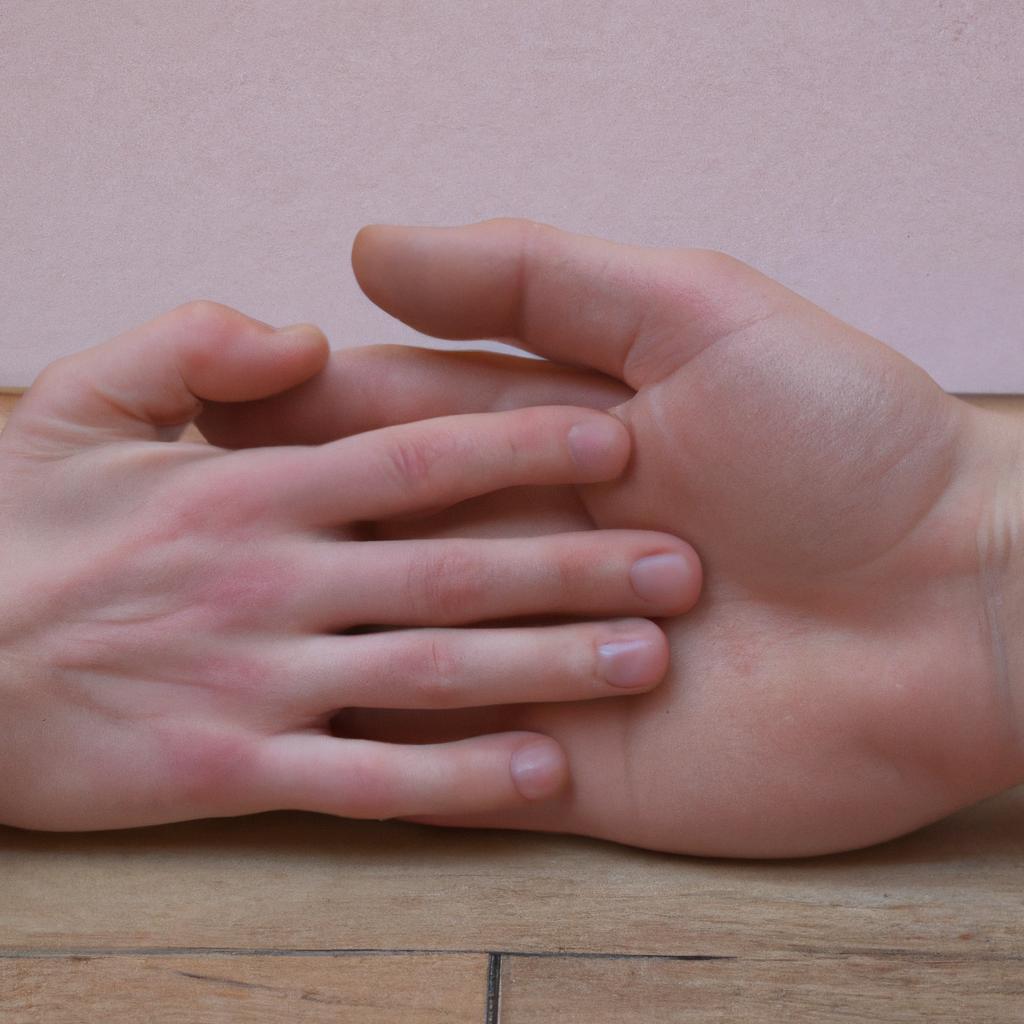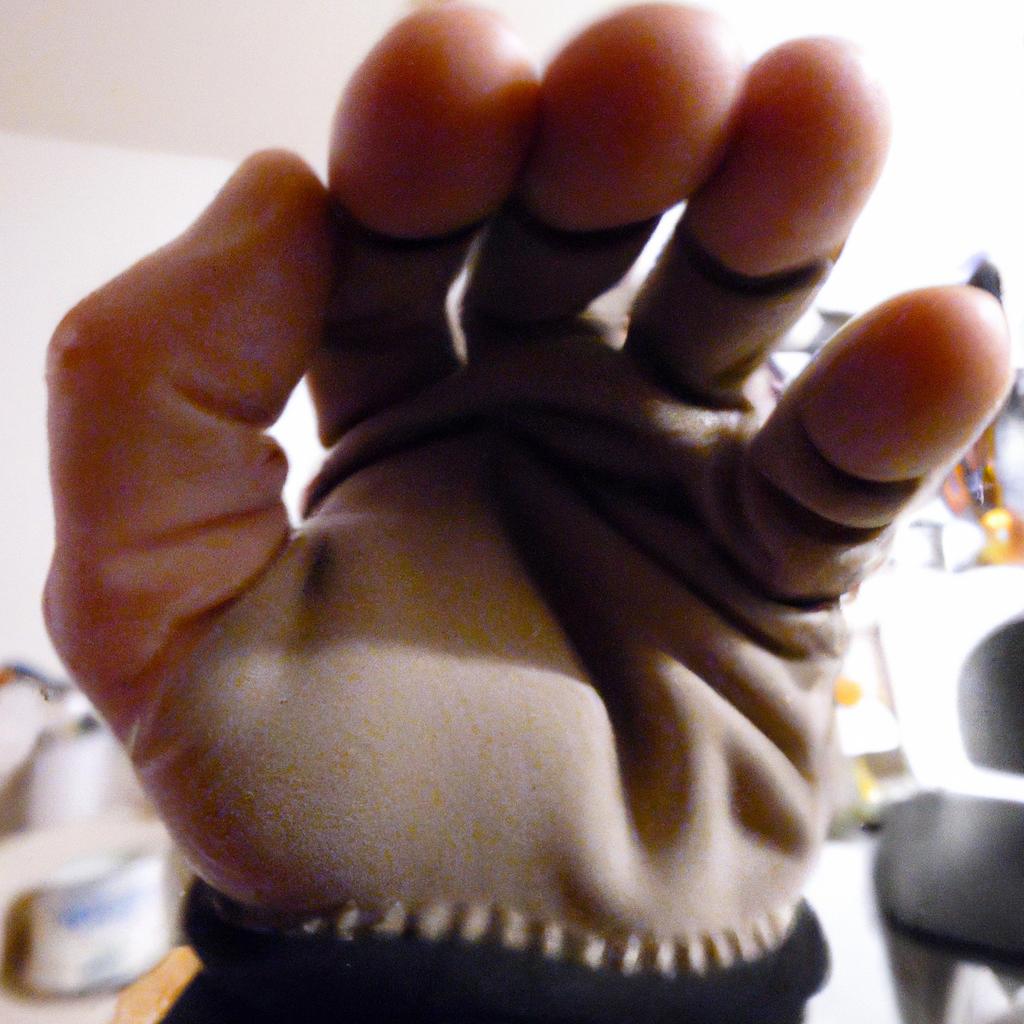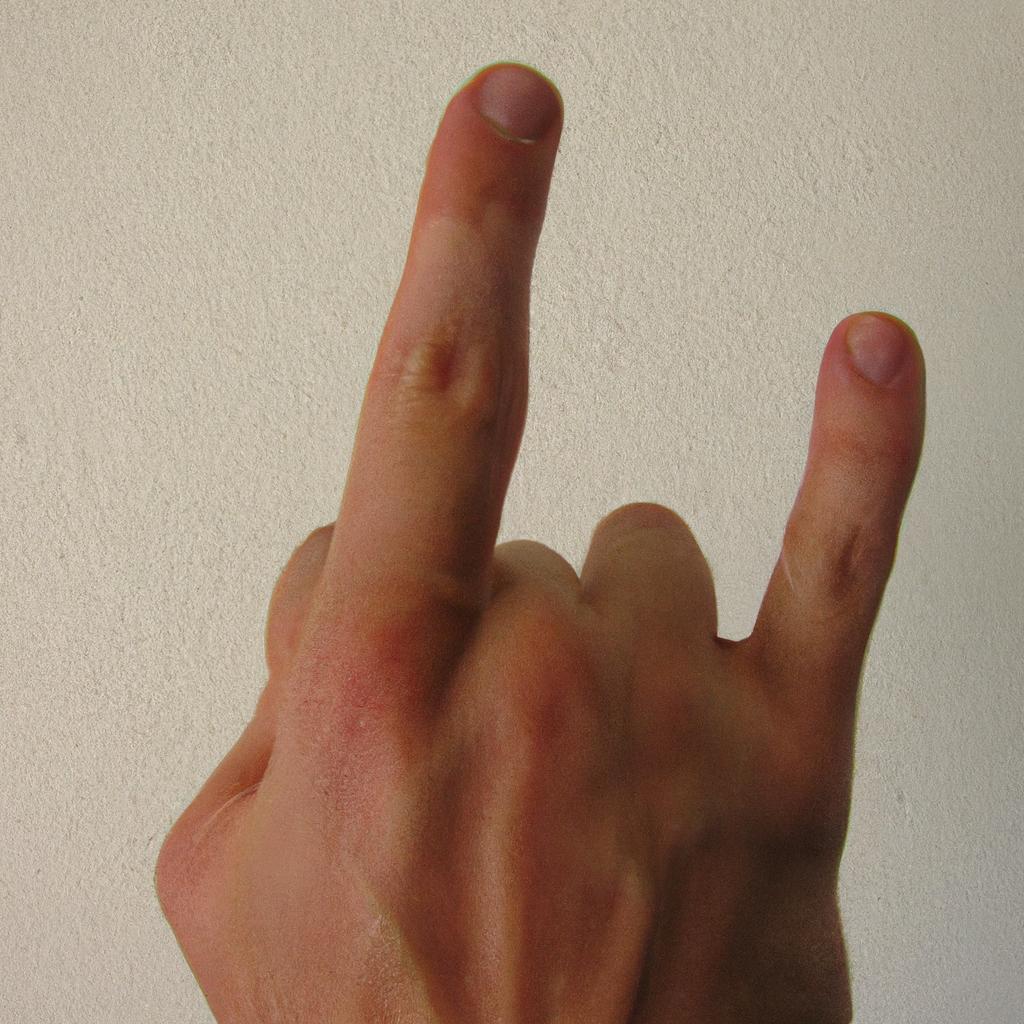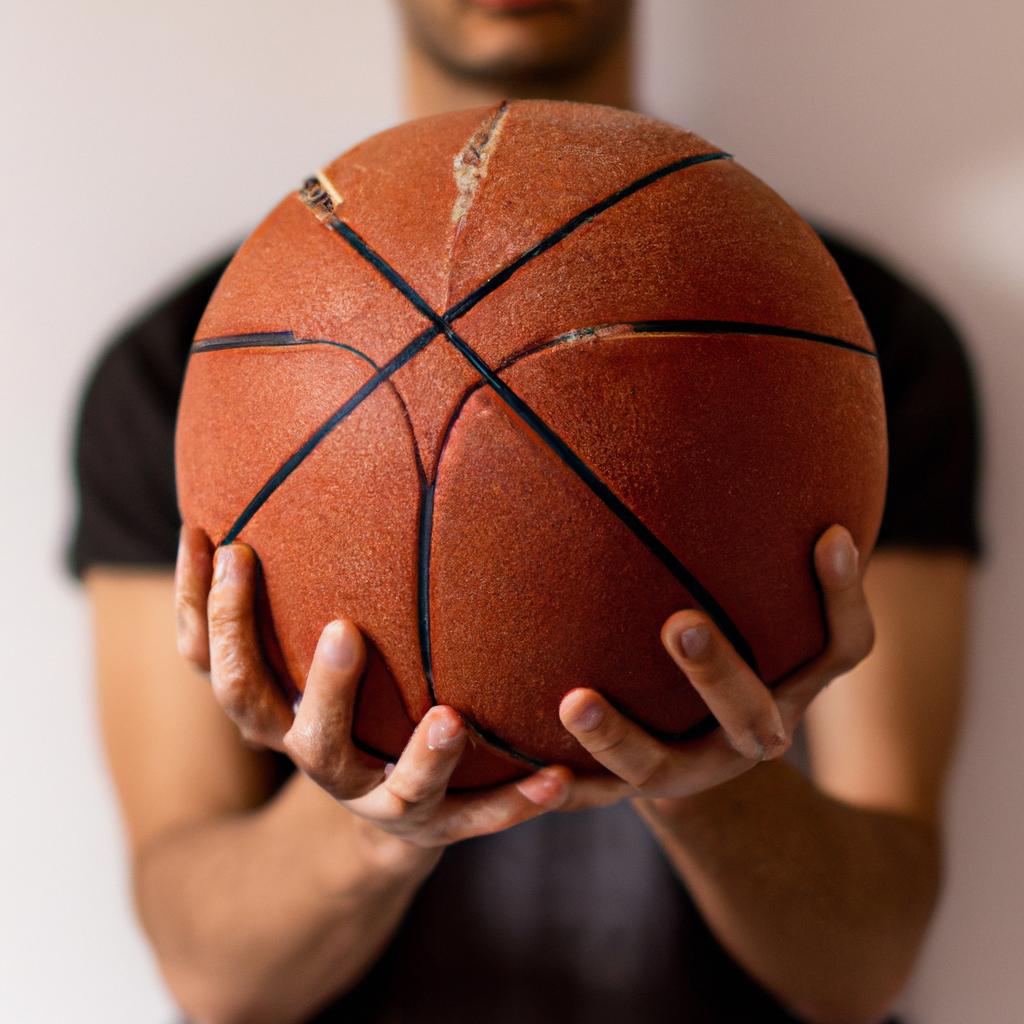
Having huge hands is not just a physical trait; it’s a unique characteristic that can significantly impact an individual’s daily life. From genetics to perception, there are various aspects to consider when exploring large hands. In this article, we will delve into the genetics of large hands, how it affects an individual’s health, the societal perception of hand size, and even celebrities with huge hands. Understanding these aspects can provide insight into the unique experiences of individuals with large hands.
Genetics and Huge Hands

Hand size is primarily determined by genetics, and several studies have shed light on the inheritance patterns of hand size. Finger length is primarily determined by the growth of the phalanges, while the size of the palm is influenced by the length and width of the metacarpal bones. These studies have revealed that hand size is a polygenic trait, meaning that several genes contribute to its inheritance.
Research has also found a significant correlation between hand size and height, with taller individuals tending to have larger hands. Moreover, gender and ethnicity also play a role in hand size differences. Men generally have larger hands than women, and individuals of African descent tend to have larger hands than those of Asian descent.
Some genetic conditions, such as Marfan syndrome, can cause individuals to have unusually large hands due to their long limbs and fingers.
Health and Huge Hands

While having large hands can be advantageous in certain activities like basketball or piano playing, it can also lead to health issues. Individuals with large hands are more prone to developing carpal tunnel syndrome, which causes pain, numbness, and tingling in the hand and arm. The size of the hand can put pressure on the median nerve, leading to this condition.
Finding comfortable gloves and handwear can be a challenge for individuals with large hands. Ill-fitting gloves can cause blisters, chafing, and other skin irritations. Additionally, daily activities like opening jars or using a computer mouse may be uncomfortable for those with large hands.
Ergonomic keyboards and wrist supports can help alleviate pain and discomfort for individuals with large hands. Stretching and strengthening exercises can also be beneficial in preventing carpal tunnel syndrome.
Health and Huge Hands

Aside from the challenges with finding proper handwear, individuals with large hands may experience several health issues. Arthritis, a common condition, can cause joint pain and stiffness in the hands and fingers. The size and weight of the hands can put additional pressure on the joints, increasing the risk of developing arthritis.
Hand-eye coordination can also be affected for individuals with large hands, especially in tasks that require precision. Sewing, beading, and embroidery can be challenging, as can tasks requiring fine motor skills like writing or using chopsticks.
Hand exercises like stretching and strengthening routines can help alleviate hand pain and discomfort. Heat or ice therapy can also provide relief for sore or inflamed hands. In more severe cases, medical treatments like physical therapy or surgery may be necessary.
Perception of Huge Hands

Cultural and societal perceptions of hand size can vary widely depending on the region and context. While some cultures view large hands as a sign of strength and power, others consider them a negative attribute. For example, in ancient Greek art, individuals with large hands were often portrayed as heroic figures.
In modern Western culture, large hands are sometimes associated with negative stereotypes, such as clumsiness or a lack of dexterity. These stereotypes can lead to biases and discrimination against individuals with large hands, particularly in careers that require fine motor skills like surgery or dentistry.
However, some individuals may view their large hands as an asset, especially those in sports or entertainment industries. Basketball players with larger hands may have a better grip on the ball, while musicians with larger hands may find it easier to play certain instruments.
In conclusion, understanding the genetics, health, perception, and celebrity of large hands provides valuable insights into the unique experiences of individuals with this trait. While large hands can be advantageous in certain scenarios, they can also present challenges and health issues. Furthermore, cultural and societal perceptions of hand size can impact an individual’s experiences and opportunities. At TooLacks, we strive to provide informative and engaging content that sheds light on various aspects of nature and the human experience.
Celebrities with Huge Hands
Celebrities often face scrutiny for their physical appearance, including their hand size. Some famous individuals with notably large hands include former basketball player Shaquille O’Neal, actor Vince Vaughn, and musician Meat Loaf.
The media’s perception of hand size can vary. While some portrayals of large hands are positive, symbolizing strength and power, others can be negative. Large hands on a woman may be seen as unfeminine, while small hands on a man may be viewed as weak.
Having large hands can both positively and negatively impact individuals in the entertainment industry. Large hands can provide advantages for actors who need to handle props or perform stunts. However, it can also limit an actor’s range of roles, as some characters may require a specific hand size.
Conclusion
Hand size is an essential aspect of an individual’s physical appearance that can impact their daily life. Genetics, along with other factors like gender, ethnicity, and health, contribute to hand size variations. Having large hands can bring both advantages and disadvantages, while societal perception of hand size can vary.
Understanding the unique experiences of individuals with large hands fosters a more inclusive and accepting society. At TooLacks, we specialize in news related to nature, gardening, and animals, providing a platform for diverse perspectives and experiences. To learn more about TooLacks, visit our website.



